Energy Prices 2022: A guide for EV drivers in Britain


FYI: Due to the rapidly evolving situation, details in this guide may now be out of date. For the latest information, visit your energy regulator website: Ofgem (Great Britain) or Utility Regulator (Northern Ireland).
In this article, you will find:
- The Energy Price Guarantee vs energy price cap explained
- 4 key trends we’re seeing for EV drivers
- 6 things that EV drivers can do to maximise cost savings
Update: This guide has been updated to reflect the Energy Price Guarantee announced by the UK Government on 8th September 2022.
Energy prices. Those two words have been carrying a growing amount of weight over the past year.
In August, Britain’s energy regulator Ofgem announced that the energy price cap would rise by 80% to £3,549 per year for the average household only added further weight.
Since then, Liz Truss has become the UK Prime Minister and announced the Energy Price Guarantee, which overrides the Ofgem announcement, capping average household energy prices to £2,500 per year for two years from October 2022.
This is a significant price rise compared to last winter, but it will keep prices next year well below the £5000 mark which experts had predicted. The Energy Price Guarantee provides certainty for a longer period.
The government has also announced a £400 discount on energy bills for eligible households this winter through the Energy Bills Support Scheme.
This guide covers everything you need to know about the changes and how they impact EV drivers in Britain.
Energy prices will rise from October 2022
From the 1st October 2022 until 1st October 2024, the energy price cap will be £2,500. However, this is an average and you can be charged more depending on your usage.
The cap for electricity will be 34.0 pence per kWh with a £0.46 daily standing charge.
The cap for gas will be 10.3 pence per kWh with a £0.28 daily standing charge.
The amount and total cost of the energy you use may vary depending on a number of factors, such as:
- The type and size of your home
- The heating system you have
- The number of people you live with
- Whether your home is occupied during the day
- The number of EVs you charge at home
- If you self-generate electricity with solar panels or a wind turbine
Wondering what this means for EV drivers? Keep reading to get all the answers, plus actions you can take today to save money on your energy bills, directly from our experts.
How are energy prices capped in Britain?
Energy Price Guarantee vs Energy Price Cap
Usually, Ofgem sets a maximum price for energy which is called the “energy price cap”.
Due to the turbulent energy markets, the UK Government has now stepped in with the Energy Price Guarantee, which overrides the energy price cap. This will be applied automatically from 1st October 2022.
Both of these refer to two things:
- a maximum price that energy suppliers can charge per kWh of energy used – one for electricity and another for gas
- a maximum daily standing charge – which is what you pay for being connected to the energy grid, regardless of usage
The Energy Price Guarantee impacts:
- Households in England, Scotland or Wales: This does not apply to Northern Ireland, which has its own energy regulator, but the government has announced an aim to provide equitable support to households in Northern Ireland.
- Households on a “standard” tariff: This may also be referred to as the “default” or “basic” tariff.
- Households on a fixed tariff: If you locked in a price with your energy supplier, you will also be affected by this scheme. This is an important difference that does not apply with the usual energy price cap. The government and energy suppliers are set to release more details on this shortly.
If your original energy supplier went bust, you are likely to have transferred on to standard tariff with another supplier. Get in touch with your new supplier to learn more.
It’s currently unclear if the Energy Price Guarantee will apply to some standard variable green energy tariffs which are usually exempt from the Ofgem energy price cap. If you are on a time-of-use tariff, you may want to get in touch with your energy supplier to find out how this affects you.
Here are the support pages for some of the most popular energy suppliers of ev.energy users in the UK:

What does the Energy Price Guarantee mean for EV drivers?
Limited EV tariff options (for now)
It is hard to avoid the fact that energy prices are rising – and that’s having a wider impact.
Due to the market conditions, most energy suppliers are not offering the ability to switch or lock in a better rate on a fixed price tariff and many of the dedicated EV tariffs have been removed for the time being.
That means it’s likely that many people have or will fall back on to a standard rate tariff that is subject to the price cap when their fixed-price period ends.
We’ve got a close eye on the rapidly-evolving situation with energy tariffs and we’ll be reporting any changes here on the ev.energy blog and social media accounts, so make sure to give us a follow.
EVs remain significantly cheaper to run
Post-petrol pride continues for EV drivers. Even with the energy price cap increase, it is still remarkably cheaper to run an EV with home charging.
This is down to the vastly-increased efficiency of EVs which means that less energy is wasted in the vehicle, especially with a regenerative braking system which most EVs have.
Smart Charging savings continue to grow
As energy bills rise, so do the potential savings with Smart Charging – which delays your charging for a cheaper off-peak window in your energy tariff.
We found that the average EV driver on an Octopus Go tariff who drives 9,400 miles is saving £412 and earning £33 in Rewards per year with the free ev.energy app at today’s prices.
Don’t forget, Smart Charging with the ev.energy app also earns you rewards in the process which can be spent on shopping and more.
Learn more about how to power your car for less with Smart Charging.
Solar panels see best-ever payback periods
With the cost of solar panels dropping 89% in the past decade and the price to buy energy rising, those investing in solar panels are seeing record-breakingly short payback periods and the market is hot.
The data from drivers using our Solar Charging feature between June and August this year showed even more pronounced cost savings when diverting excess solar energy into their EV.
In our Solar Charging Beta, we found that the average EV driver on an Octopus Go tariff who drives 9,400 miles is saving £771 and earning £33 in Rewards per year at today’s prices.
Drivers tell us that Solar Charging is playing an increasingly important role to help beat the rising cost of energy, especially on bright days when there is an excess in supply. With export prices to the grid remaining at low levels, it’s becoming even more valuable to soak up that solar energy at home rather than sell it back to the grid.
Find out how we used real data to calculate the energy savings for our drivers.

Take action to reduce your energy bills
While bills are high, the ev.energy app gives you a host of tried and tested features which are proven to save you as much money as possible on your EV charging – completely automatically.
- Download the ev.enegy app
The ev.enegy app is your EV charging companion in the face of rising energy costs and beyond. Download the app from the App Store or Google Play so that you can make the most of its powerful features, right from your smartphone.
New to ev.energy? Get started with our app guide.
- Update your energy tariff
By adding your latest energy tariff details to the ev.energy app, we’ll be able to find the cheapest window and automatically schedule your EV charging for this time to take advantage of the lower cost.
Additionally, we can also report the cost and savings of each charging session back to you via the app dashboard, Charge History, charge summaries, and Statistics to give you a full view of your charging costs.
Simply find a recent energy bill to get your tariff details. Then, head to the Smart tab and tap “Your tariff” to get started.
- Add solar information
Self-generated solar energy is quite literally a ray of sunshine in these challenging times. So be sure to make the most of it.
With an ev.energy SOLAR subscription, you can save even more on your charging costs by soaking up your home solar generation. Visit our Solar Charging page for the latest information.
No solar panels? While we are heading into winter, there is a backlog of installations. You may want to consider booking an installation now so that you can take advantage of cost-free, carbon-free solar energy next year. Energy prices are set to remain high over the next few years.

- Switch on Smart Charging
Whether it’s using energy from the grid at the cheapest times, soaking up excess solar-generated electricity, or both – the savings from Smart Charging are significant.
Our Smart Charging algorithm, that’s the science behind our app, is always looking 24 hours ahead to get you the cheapest time to charge. You just need to make sure that Smart Charging is switched on to take advantage of this.
Go to the Smart tab and tap “Turn on Smart Charging”. You’ll then need to set a ready-by time so that we always ensure your car is charged up for when you need it.
- Earn ev.energy Rewards
The average driver earns £33 worth of ev.energy Rewards each year for Smart Charging, which is a more sustainable way to charge for the planet and the energy grid.
Rewards can be spent on shopping vouchers, carbon offsetting credits, and more. Just head to the Rewards tab to get started.
- Turn on app notifications
We will keep you up to date on your charge and make you aware if there are any interruptions so that you can get back on track and avoid higher peak-time prices.
To turn on notifications, go to the Dashboard tab, tap the settings cog icon, tap “Notifications” and toggle the notification options to ‘on’.
Get smart with your energy
Money is on all of our minds right now. But we are here to help.
Follow ev.energy on Twitter, Instagram, or Facebook to get the latest money-saving tips, EV guides, and product news directly from our experts.
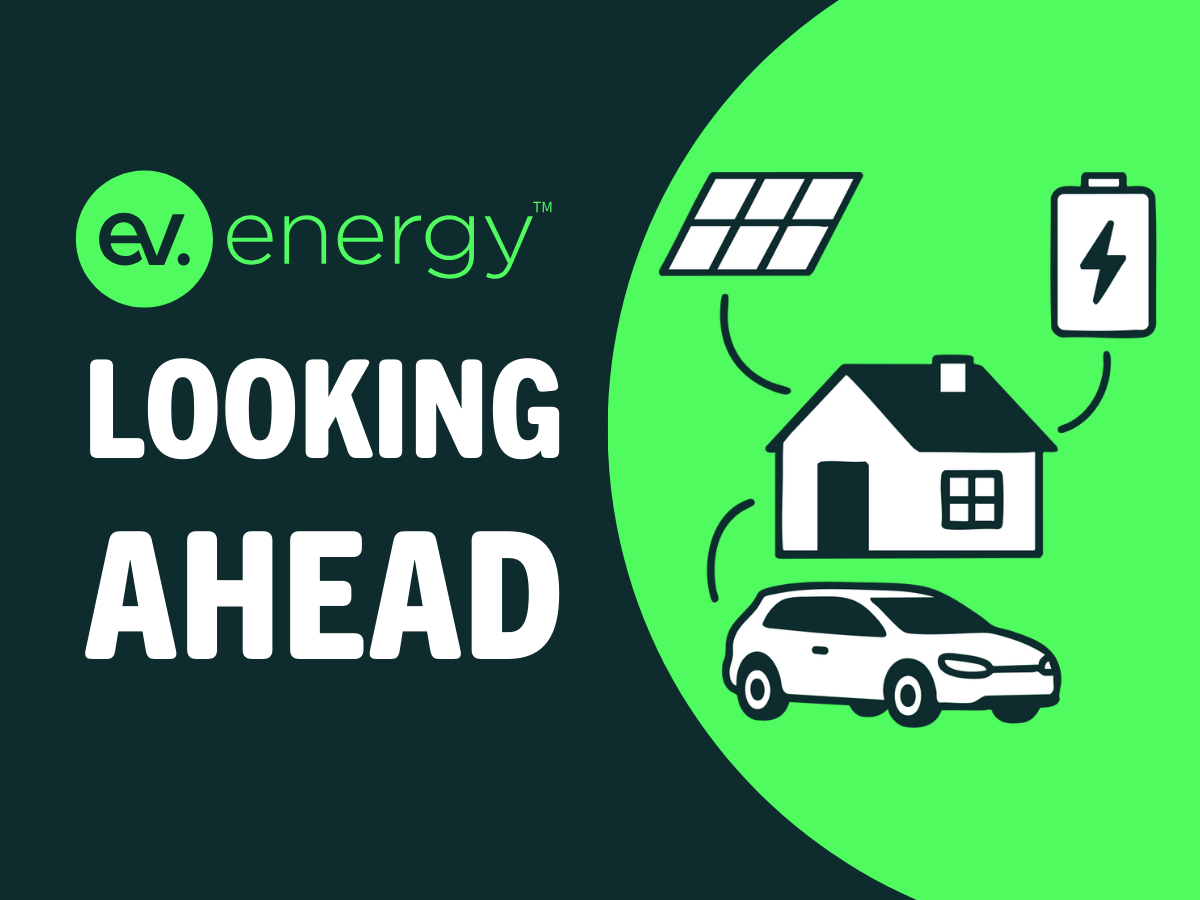





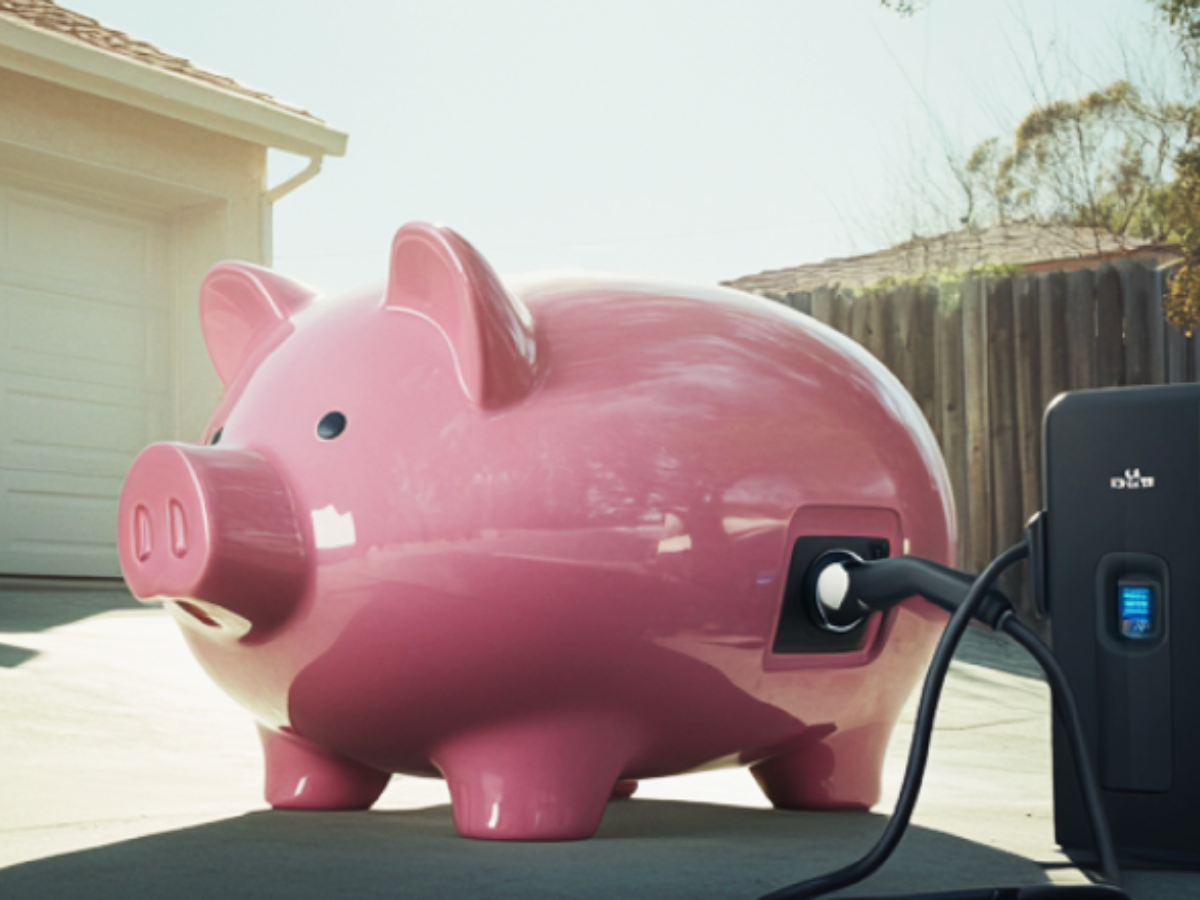

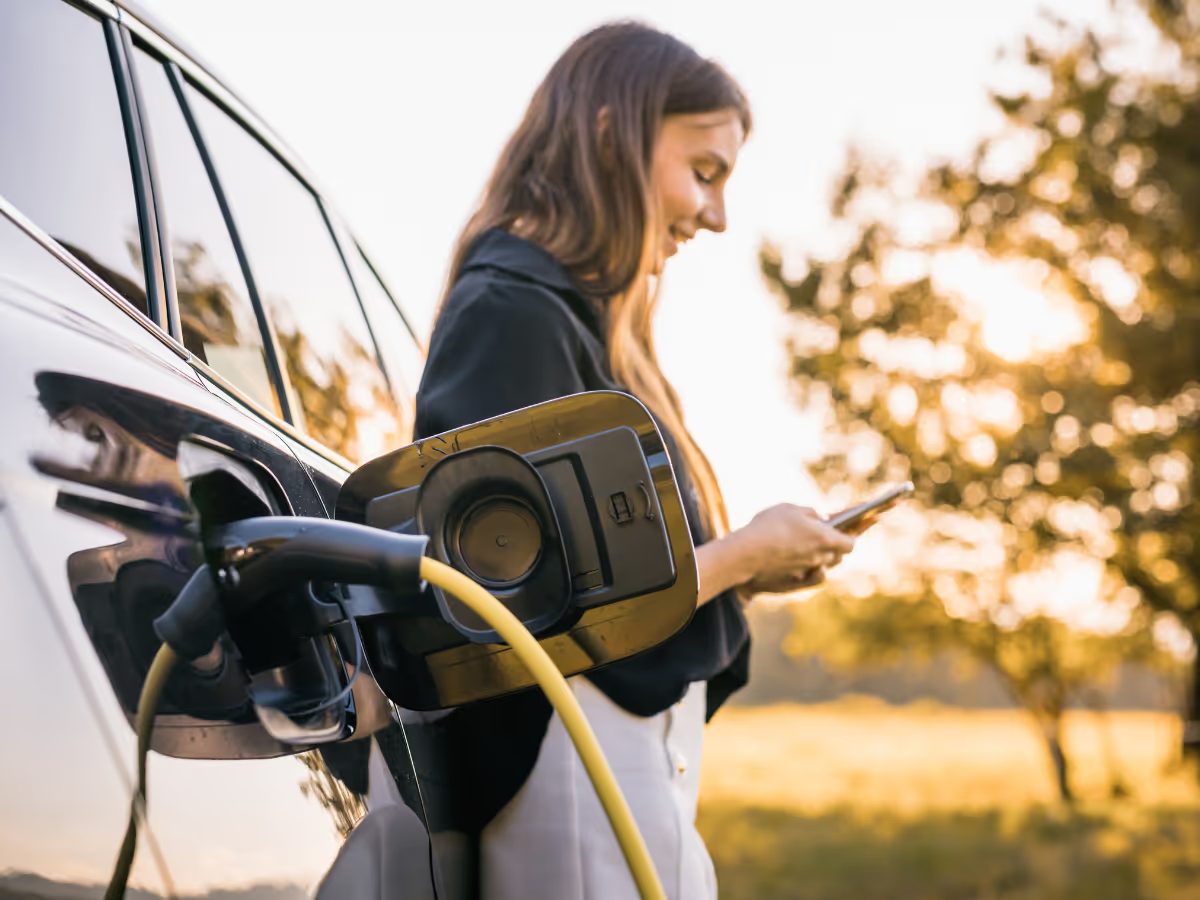





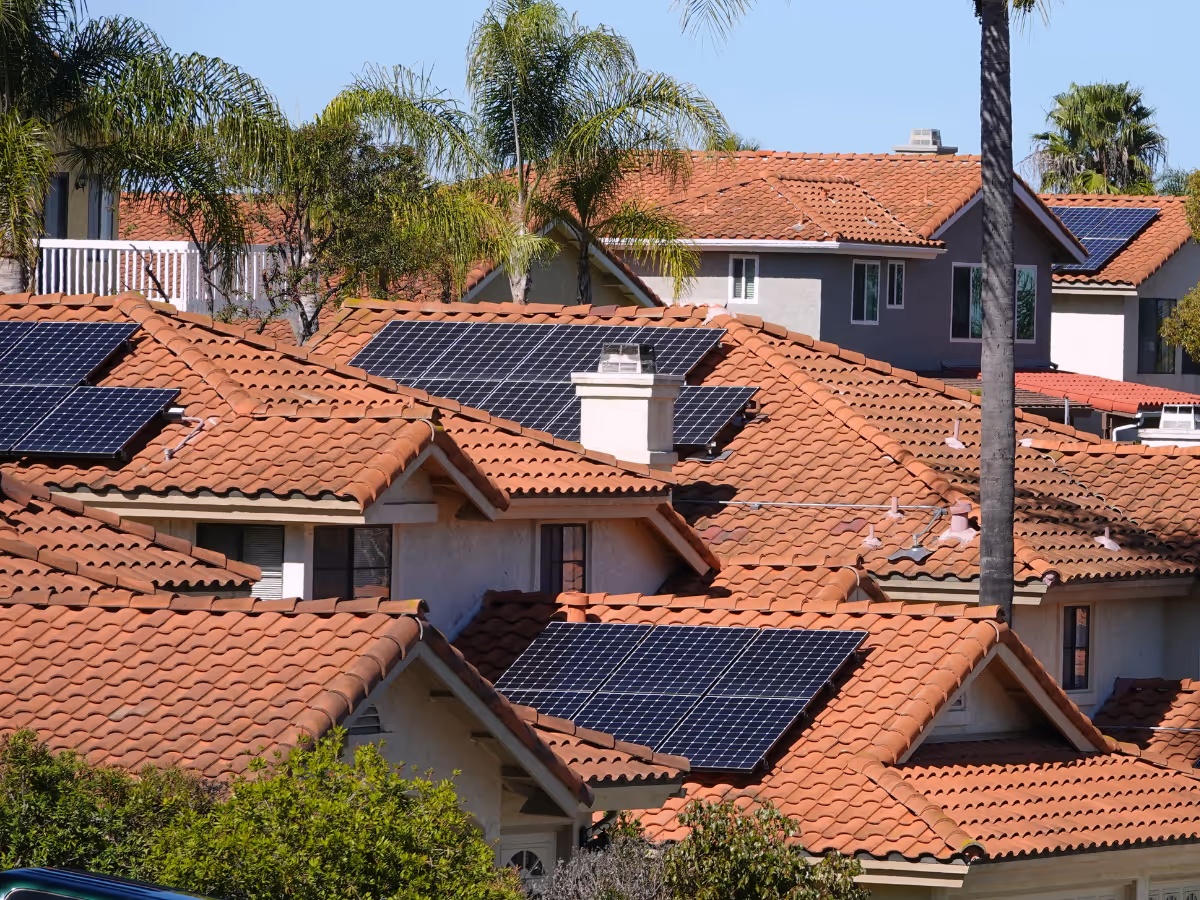


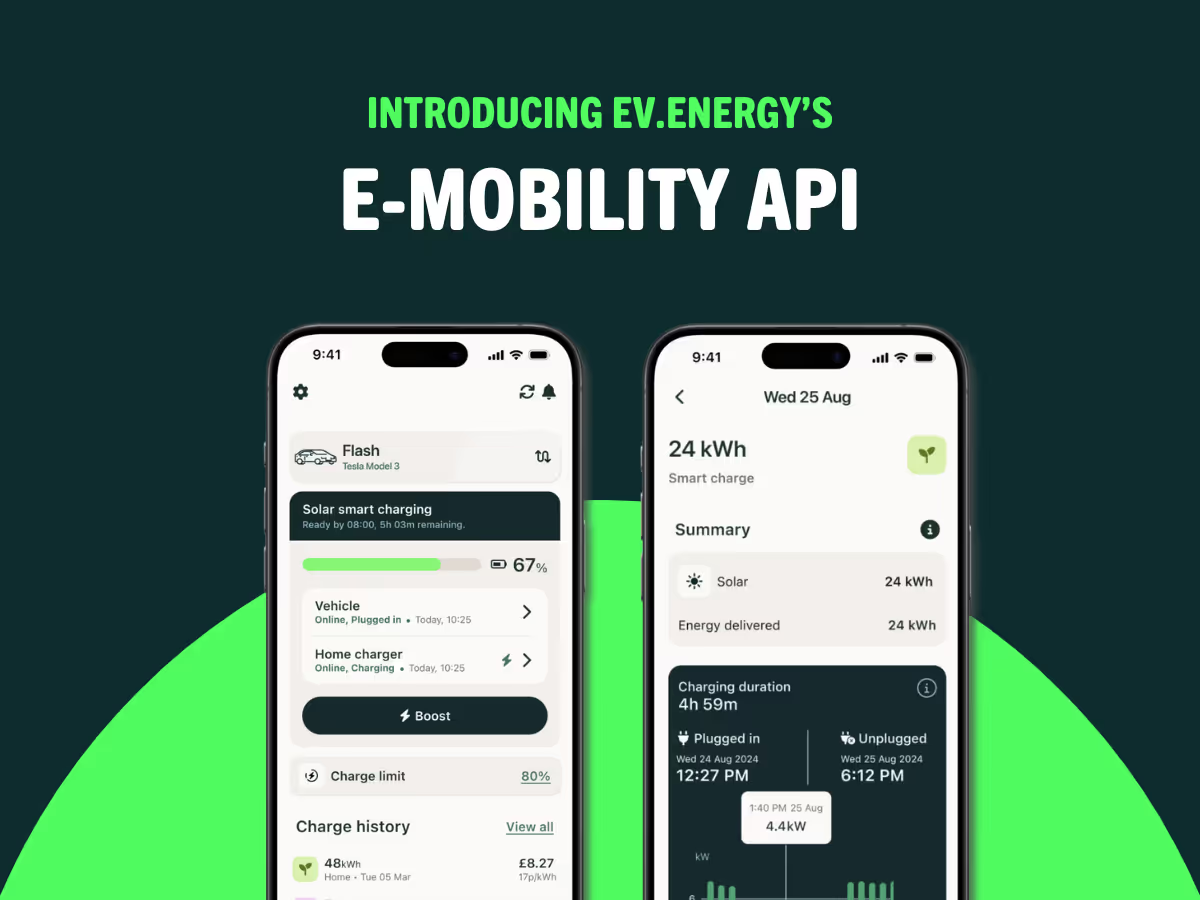















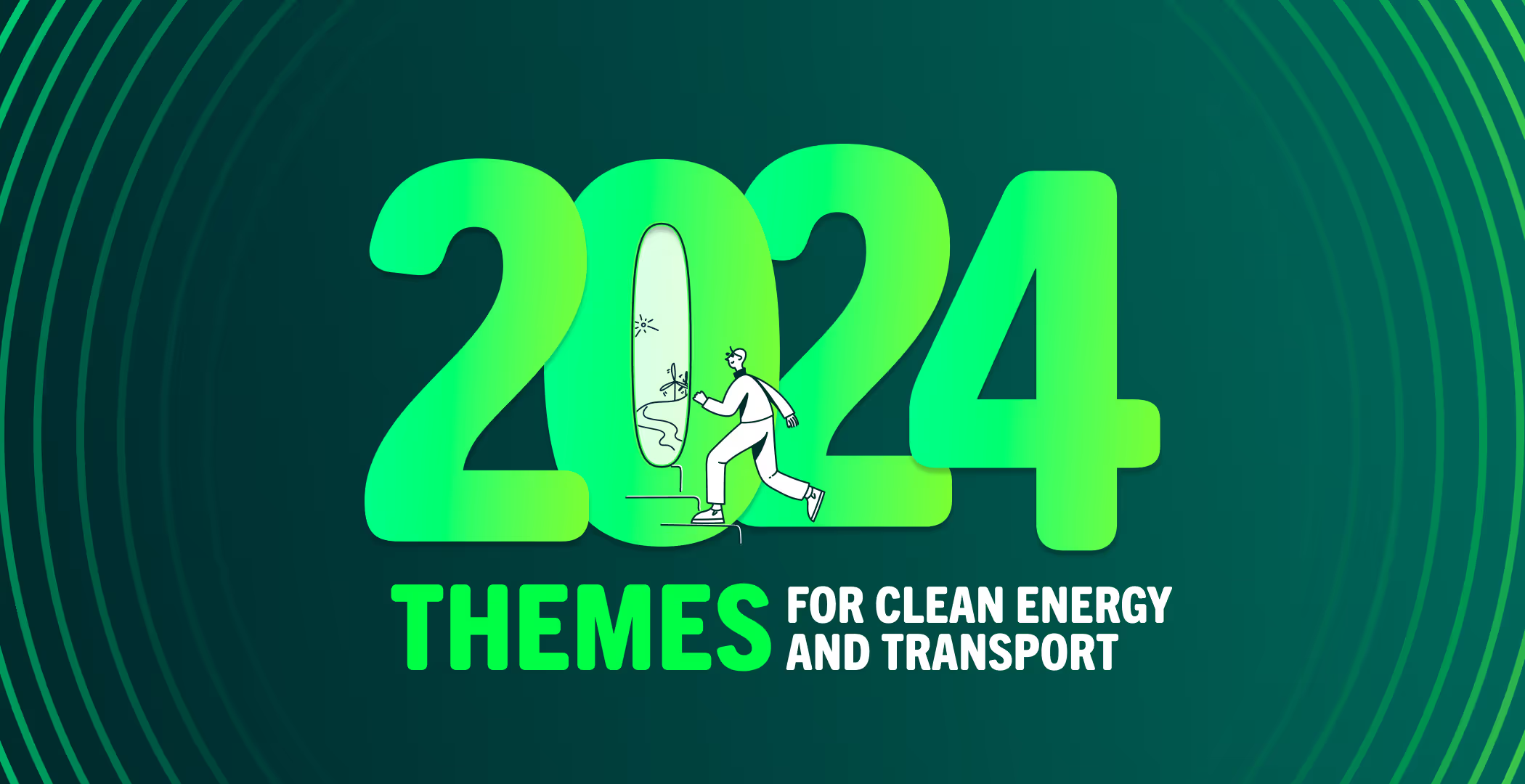
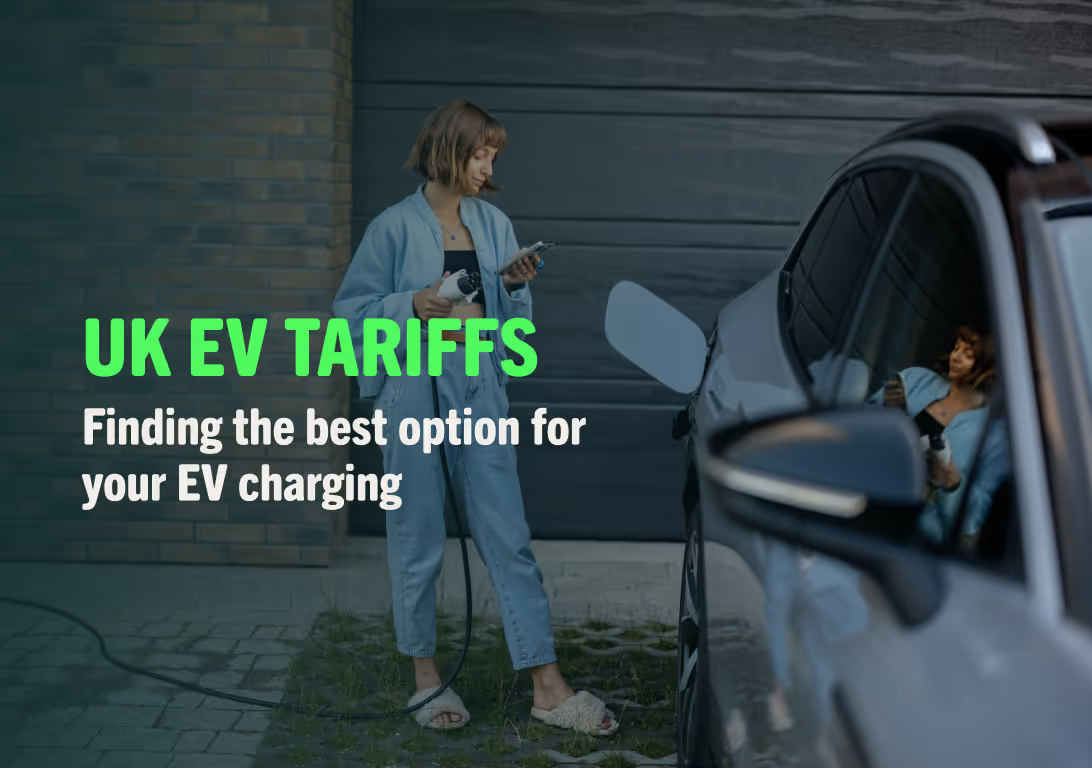







.avif)














































































